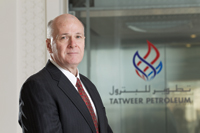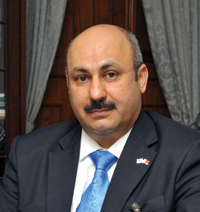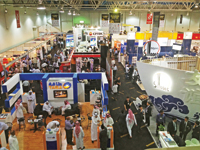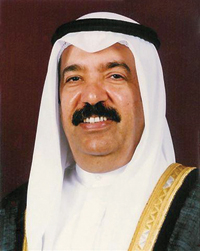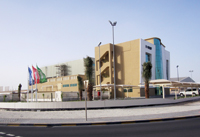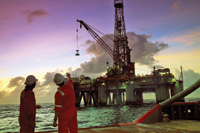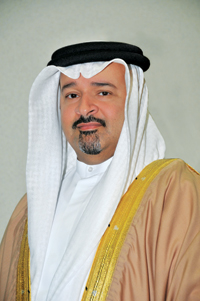
.jpg)
THE Bahrain National Gas Company’s (Banagas) $15.4 million engineering, procurement and construction (EPC) project with JGC Gulf International (JGulf) is due to be completed by mid 2014.
“Overall progress on the renovation of Banagas’s bottlenecked processing trains at the central gas plant has now reached 20 per cent and is due to complete by mid 2014,” says Banagas chief executive Dr Sheikh Mohamed bin Khalifa Al Khalifa.
Banagas had signed the EPC agreement with JGulf for the renovation of its bottlenecked processing trains at the central gas plant.
The EPC agreement was signed by Wedad Al Maskati, vice chairperson, on behalf of Banagas and Tadao Takahashi, president and CEO, on behalf of JGC Gulf.
The project is designed to accommodate increased feed gas from the Bapco refnery and maximise liquid recovery. The project will involve the construction of additional heat exchangers, re-sizing of vessels, and replacement of pumps.
It will address the need to increase gas feed rates up to 18 million standard cubic feet per day (mmscfd) from the Bahrain refinery and maximise liquid recovery by 4,500 barrels per day (bpd).
“Overall progress of work on construction of gas compressor station No 9 (CS9) is above 75 per cent and the station is expected to be in operation in August this year. The new control room in the central gas plant is nearing completion, readying for migration of the distribution control system of central gas plant 2 in November 2013,” Dr Sheikh Mohamed adds.
Mechanical work on the project is expected to be completed in 23 months with commissioning and start up scheduled for May 2014.
This is Saudi Arabia-based JGulf’s second contract for the facility, having won an EPC contract in August 2011 for the construction of a new compressor station at the plant. Including gas gathering and transmission lines and a new central control centre.
That EPC contract included constructing gas gathering and transmission lines and a new central control centre worth $42.4 million. This will help ensure the continuous handling of up to 310 mmscfd of associated and refinery off-gas.
.jpg) |
Banagas ... contributing substantially to the |
The new compressor station is expected to compress and deliver about 60 mmscfd of associated and refinery off gas.
According to Dr Sheikh Mohamed the CS9 is among the only two high capacity stations capable of 60 mmscfd capacity, the other being CS7. “The new station will help relax our other compressing stations, that’s why this will be a standby and has higher capacity,” Dr Sheikh Mohamed had said at the signing of the deal last year.
Other stations worked at 20 mmscfd to 40 mmscfd range, he added. The compressor turbine will be fired by residue gas – methane and ethane, says Banagas projects deputy general manager Mohamed BuRashid. CS9 will help ensure continuous handling of up to 310 mmscfd of associated and refinery off gas.
With the commissioning of the new station, Banagas will be able to comply with the National Oil and Gas Authority directive of ‘no flare, no vent’. “This is a very important project for us and it stems from our history of delivering on time and to costs,” Takahashi says. “Our relationship with Bapco and Banagas stretches over 40 years,” he adds.
“We are working hard in nuclear waste reprocessing and helping in cleaning up the waters affected by nuclear contaminants in the recent disaster,” he says.
Mechanical work on the project is expected to be completed in 22 months, with the commissioning of the station in 2013. Banagas has already achieved 97 per cent Bahrainisation, Dr Sheikh Mohamed says. It exports propane, butane and naphtha worldwide.
The deal was signed by Takahashi and Banagas vice-chairperson Wedad Mohamed Al Maskati.
BANAGAS ... THE JOURNEY
On the 17th of December 1979 His Highness Shaikh Isa bin Salman Al Khalifa, the late Amir of Bahrain, inaugurated the associated gas project marking a major step in the Government of Bahrain’s determination to use energy effectively. The primary objective of this project was to use the large quantities of associated gas extracted from the Bahrain oil field, which for more than 40 years, had previously been wasted.
Now this valuable natural resource, through maximum utilisation, produces a substantial contribution to the national economy and has created employment opportunities for the national workforce.
The project was incorporated as Banagas, 75 per cent owned by the Government of Bahrain with the remaining 25 per cent equally owned by the Arab Petroleum Investment Corporation (Apicorp) and Caltex Bahrain, now Chevron Bahrain.
At a cost of $100 million the project included the construction of four gas compressor stations, a processing plant to recover propane, butane and naphtha, and a storage area at Sitra.
It was a historic event for Bahrain when the Japanese tanker “Yuyo Maru” was loaded with the first shipment of 5,000 metric tonnes of butane in March 1980. Since then, the company has continued to produce products conforming to the highest international specifications.
Due to a substantial increase in the quantity of associated gas extracted from the Bahrain oil field during subsequent years, an expansion project was launched in 1988 to upgrade plant processing capacity from 170 to 280 mmscfd. The project, which was implemented by the Government of Bahrain as a sole venture, involved construction of two additional compressor stations and a new processing train at the central gas plant. The project was commissioned in October 1990.
In 2003, another compressor station was constructed as part of the project to process additional quantities of associated gas, as well as propane and butane-rich refinery off-gas under an agreement with the Bahrain Petroleum Company (Bapco).
In 2008, the project was converted into an independent company, the Bahrain National Gas Expansion Company, solely owned by the Oil and Gas Holding Company (Nogaholding).
In September 2011 an EPC agreement for a new compressor station including gas gathering and transmission lines was signed between Banagas and JGC Gulf International.
In October 2011 the Apicorp sold its stake in Banagas to Boubyan Petrochemical Company.
At the central gas plant, LPG is recovered from the gas and propane, butane and naphtha produced through fractionation. Propane and butane are transported to the storage area at Sitra and stored in refrigerated LPG tanks for onward export to various parts of the world while naphtha is transferred to the Bahrain refinery (Bapco) for storage and onward export mainly to Asia.
The residual lean gas, mainly methane and ethane, is routed to Aluminium Bahrain, the Bahrain Refinery and Electricity Directorate’s Riffa power station to be used in operating their gas turbines after meeting the company’s own fuel gas requirements.
With the exception of a small quantity of propane supplied to the local market all our products are exported. Each year an international tender is issued and award make under a sealed bid process. A specialist in-house team handles the tender process and logistics support, from scheduling of vessels to provision of documentary instructions.
When the company first started operations Bahraini personnel represented 48 per cent of the total workforce. However, in line with the company’s policy to create an efficient and highly skilled national workforce, vigorous development and training programmes were implemented. At present the company employs just under 500 people, 94 per cent of which are Bahrainis.






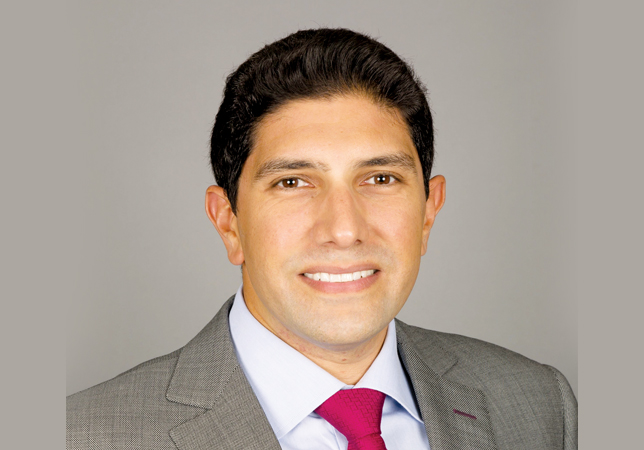



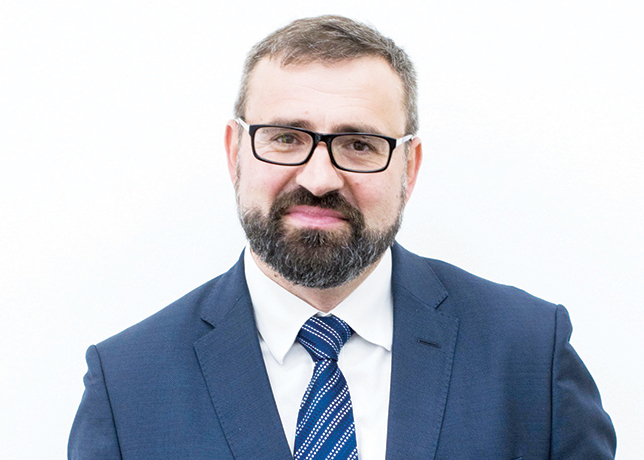
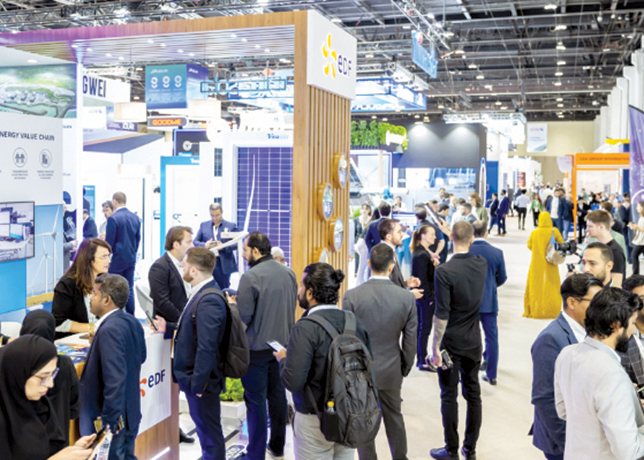
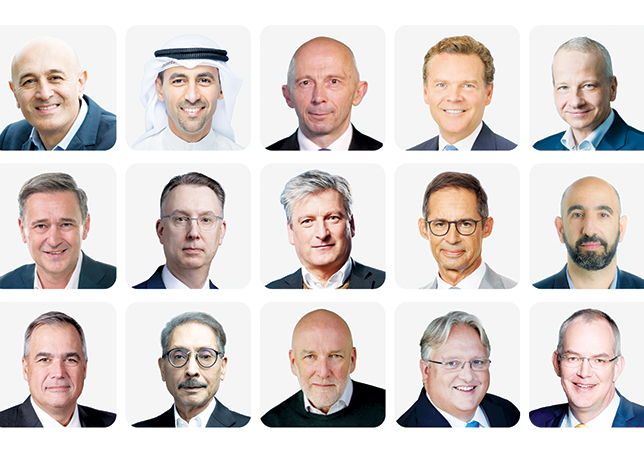
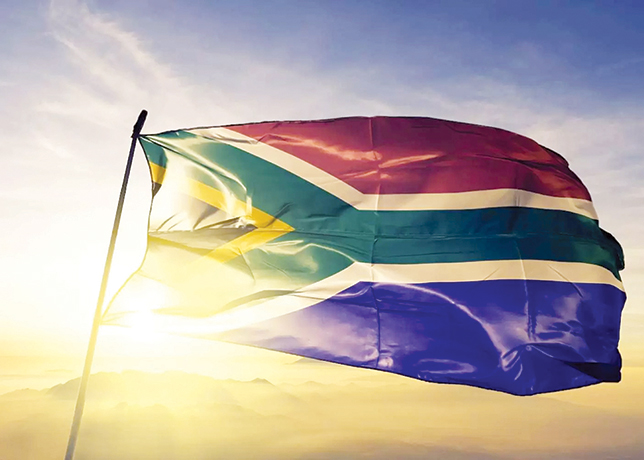

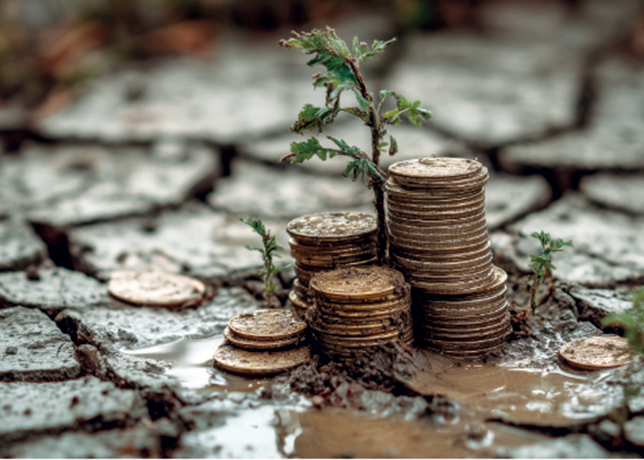

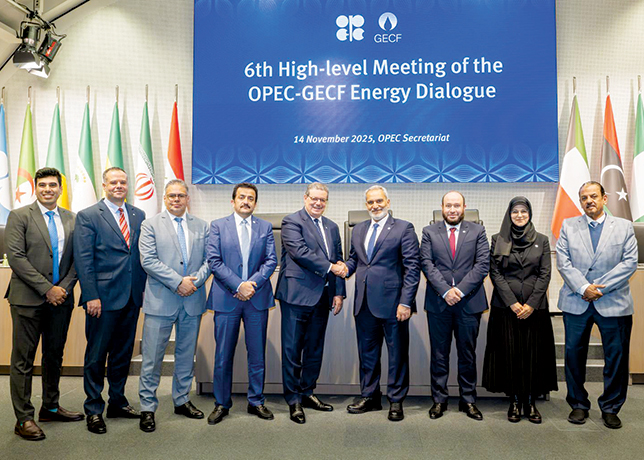
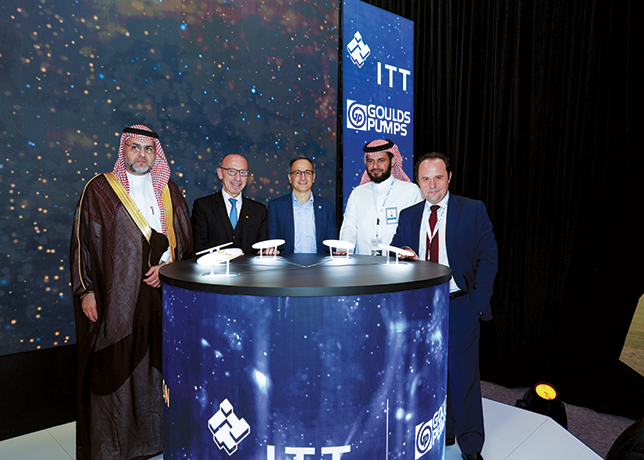


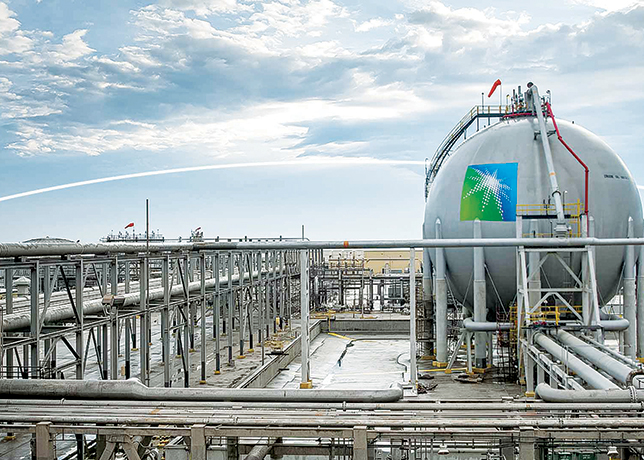

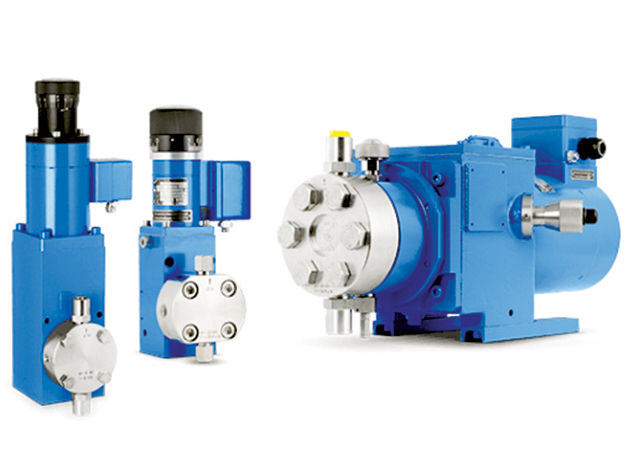
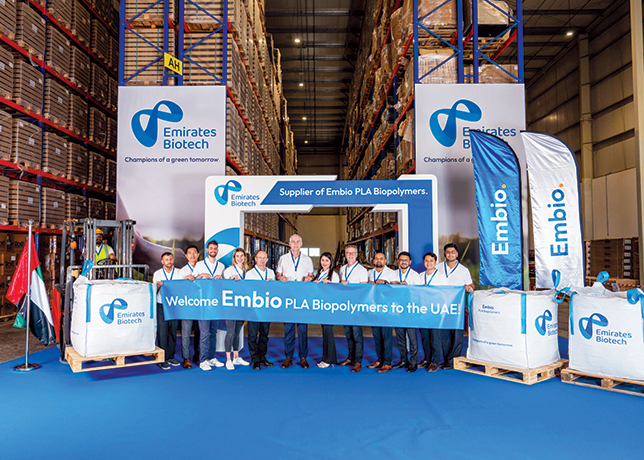




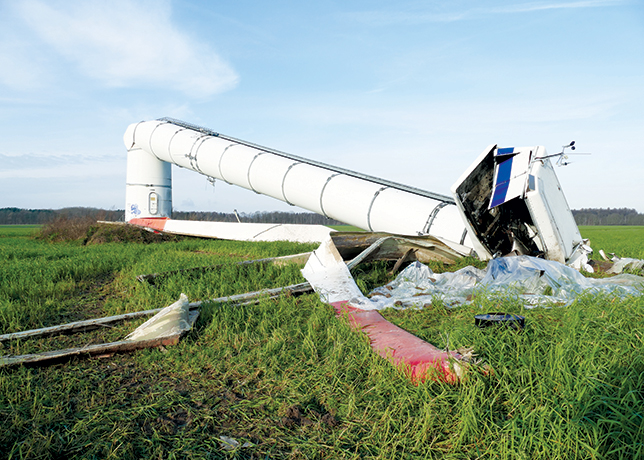
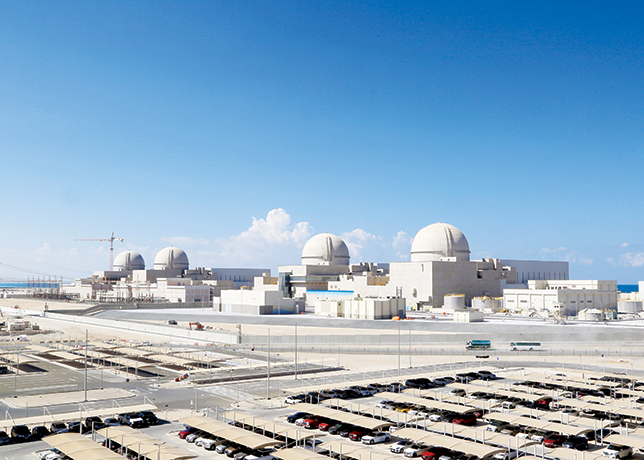

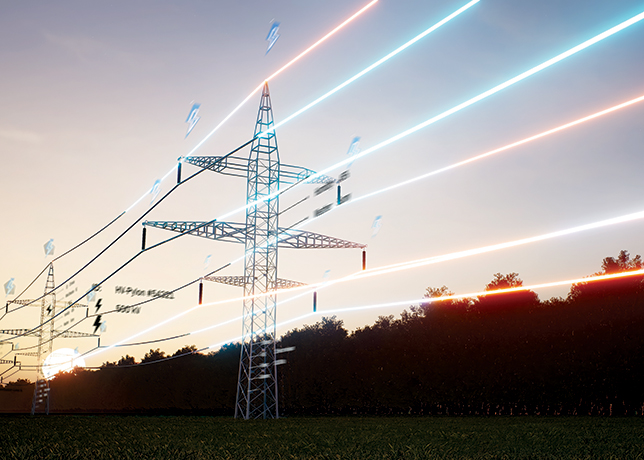
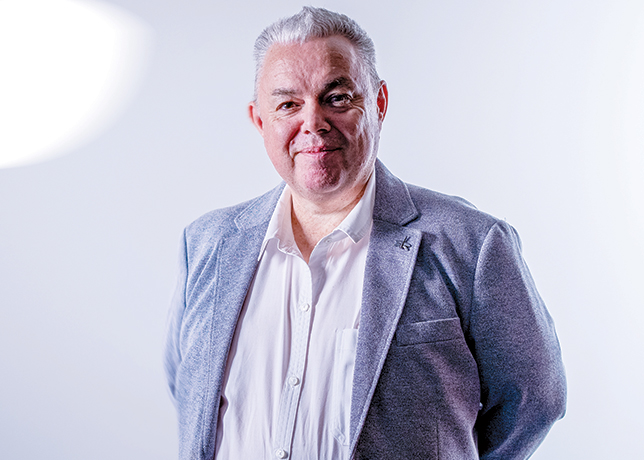


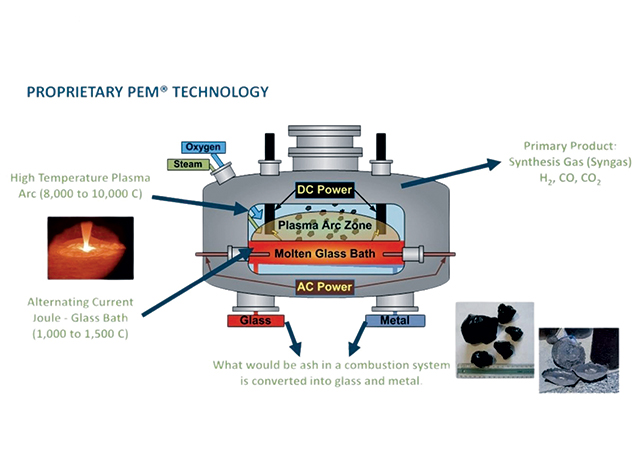
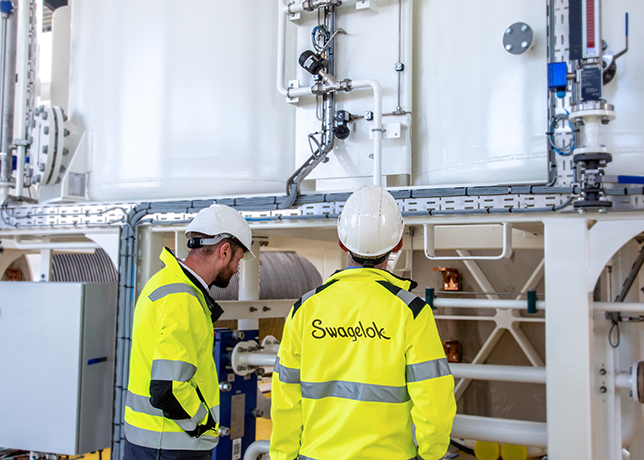
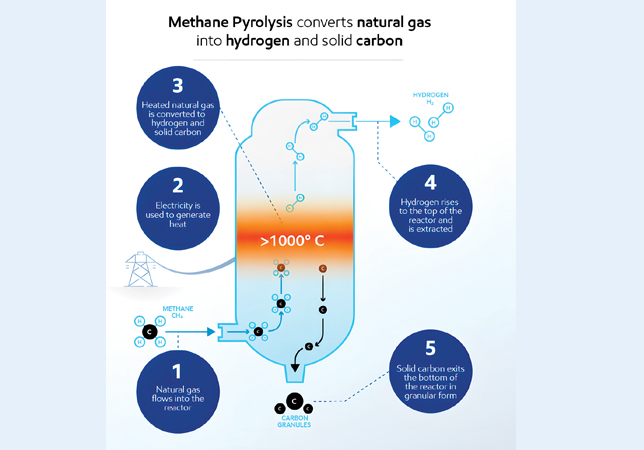
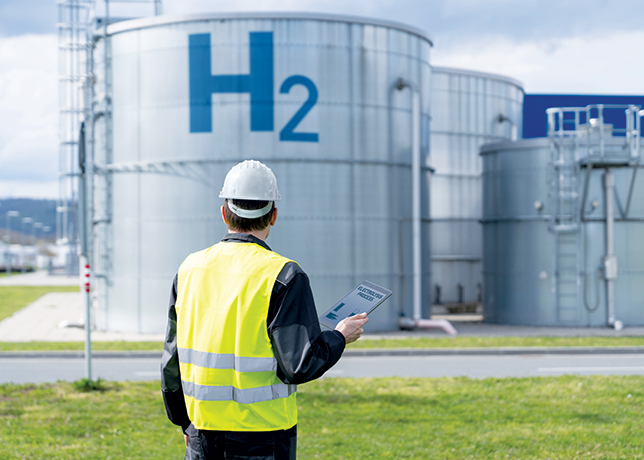
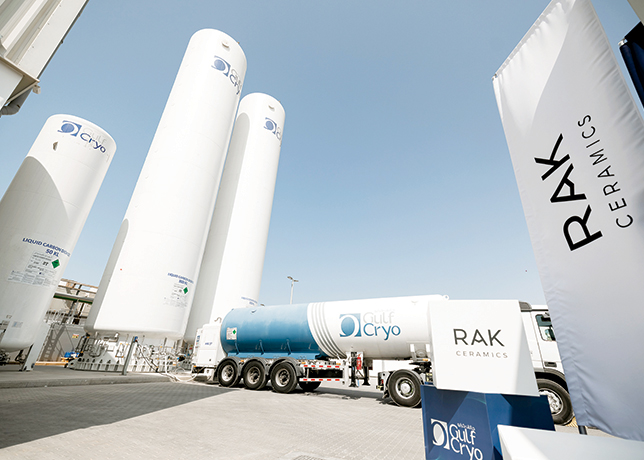
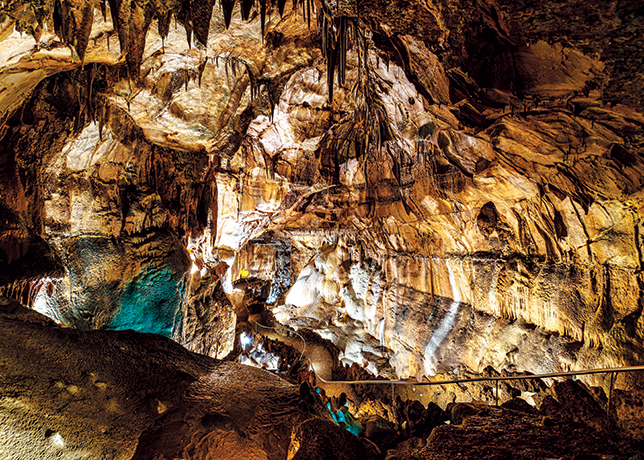

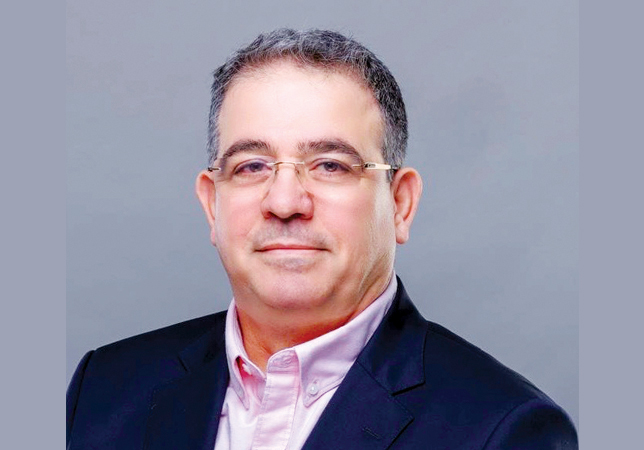
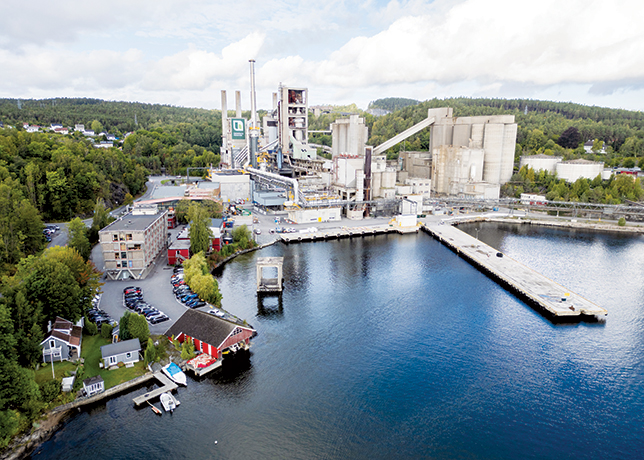

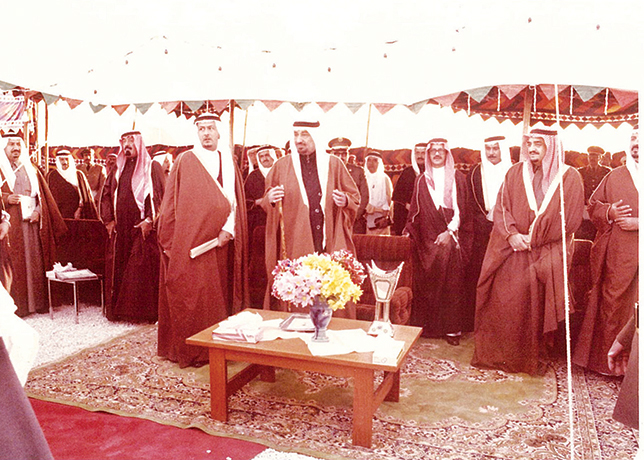

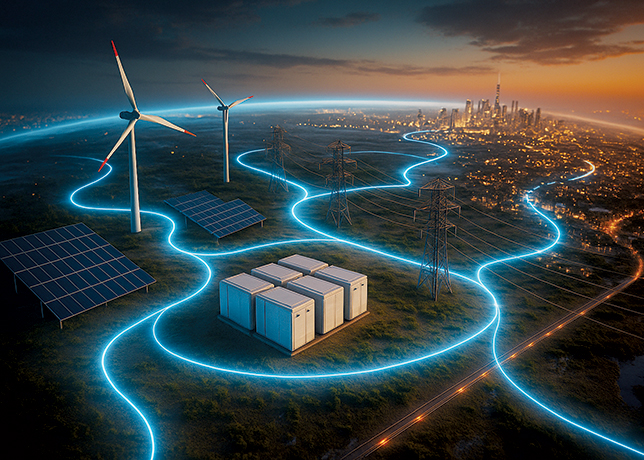

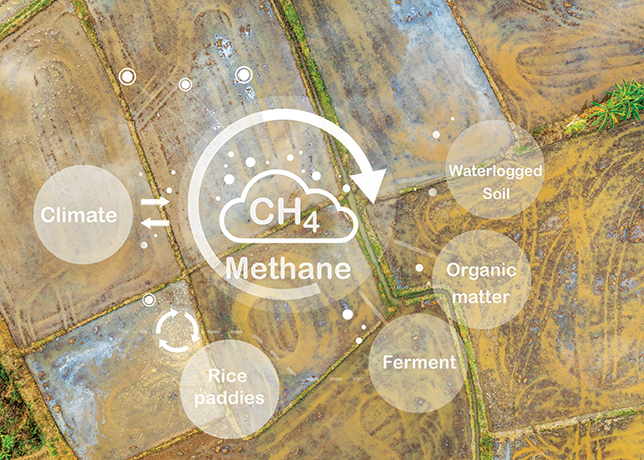
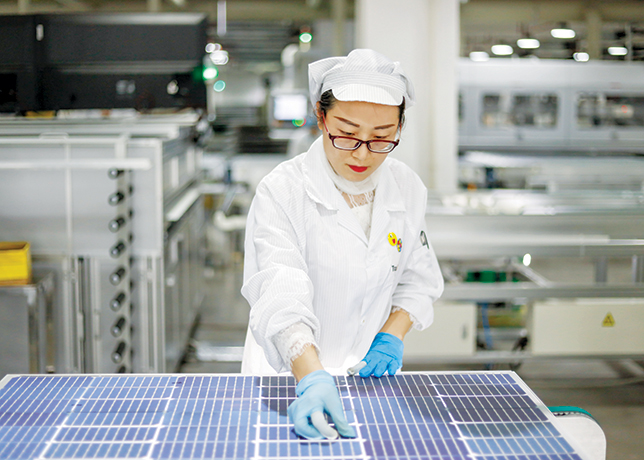






















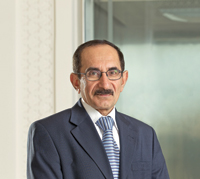
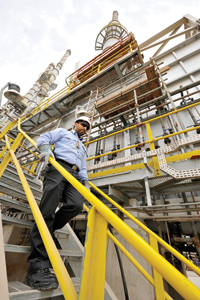
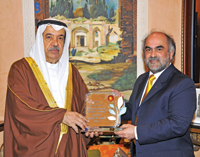

.jpg)
